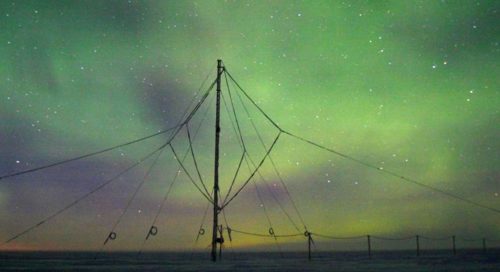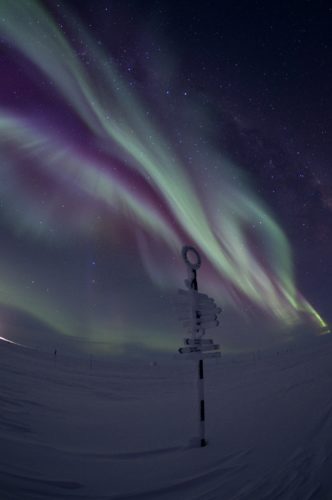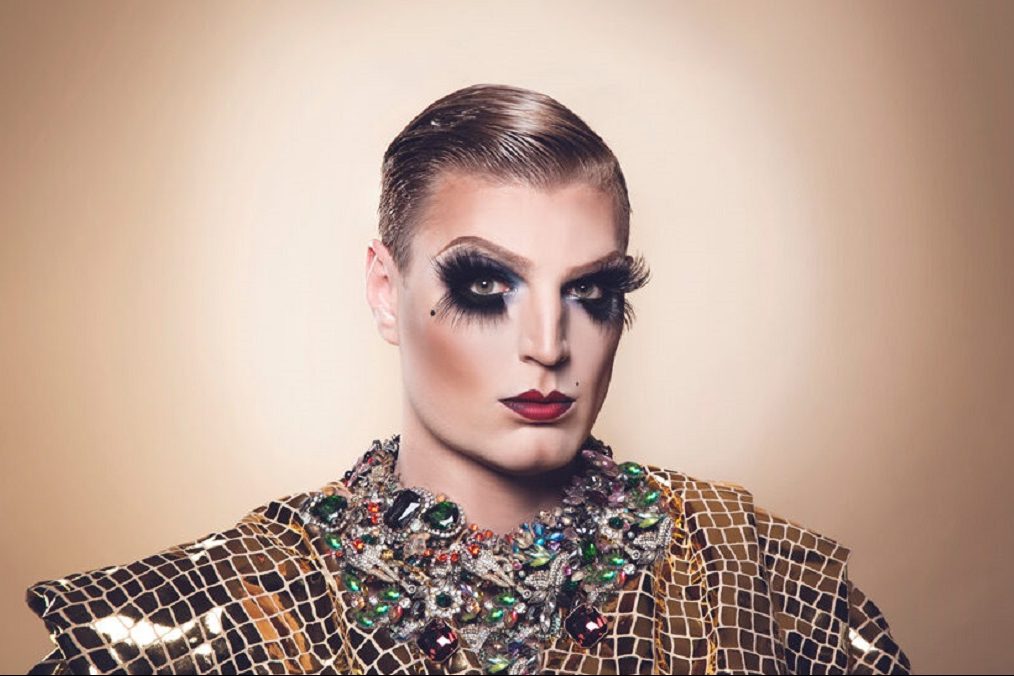
THE lure of the Antarctic has always been powerful for Canberra artists bent on combating the view that the icy landmass to the south is fit only for the sounds of silence.
Harpist Alice Giles created ethereal sounds through her wind-harp experiments after her 2011 trip as an Australian Antarctic Arts Fellow to Davis and Mawson Stations. Choreographer James Batchelor evoked his 2016 Antarctic journey on the RV Investigator in “Deepspace”, and now the head of the ANU School of Music, Kim Cunio, has created completely new music from usually unheard regions in the “Aurora Musicalis” compilation, available on Bandcamp.

Through the “Sounds of Space” project, Cunio joined space weather researcher at the British Antarctic Survey, Dr Nigel Meredith and Cambridge artist-engineer, Diana Scarborough to create a 90-minute soundtrack set to piano.
Meredith had already recorded Earth’s natural radio sounds not normally audible to the human ear at the Halley Research Station on the Brunt Ice Shelf, operated by the British Antarctic Survey.
Scarborough, who visited Canberra last year to work on the project, combined the resulting soundtrack with original visual sequences using photos and images captured at Halley, which she has described as “not only ideal for capturing these incredible sounds, but also stunning visuals, including spectacular auroras that light the horizons with bright and captivating colour.”
Cunio came on board around 2018 and listened to what Meredith had recorded, of which he says: “It blew me away. I’d never heard anything like it.”
No wonder, Meredith had grappled with four years of data normally used to investigate space weather storms, from the Halley Very Low Frequency receiver, and selected one day of radio emissions made by the planet, including spherics, whistlers and chorus, a series of weird and wonderful noises.

Based close to Cambridge is the British Antarctic Survey, where a group of about 200 scientists work. Cunio was impressed by them as “a really engaged community”. They even invited him to view a prehistoric ice core, “probably the most emotional moment in my life,” he says.
It’s drawing the conclusion that “We must trust our scientists, who by nature are not activists, but truth tellers who usually shy away from political or social conflict over the results of their findings… Music and the arts have a role to play in galvanising us into facilitating the urgent and immediate care that our planet needs”.
Meredith, who had been working through a spectrograph which can show a visual image of sounds, effectively taught Cunio how to “listen” to the sounds over a period of months in a place where there is a very low level of noise, later moving into a house where he played along, improvising on the piano “as if I were in Antarctica”.
“At one stage I did have a fantasy that I could set up a grand piano and a chair in Antarctica and play, but that proved impossible.”
Even so, he says he was empathetic to the deep cold. “I felt I was entering a vortex… it was like being surrounded by beautiful living sounds, like hearing the planet breathe.”
The resultant 90-minute recording, “Aurora Musicalis”, completed in just one day, is both a day in the life of Antarctica and a statement that science and art can work together.
Although Cunio normally works in the area of classical music, he became aware that the scientists around him by and large were pop music followers, so he attempted to make “music that normal people could listen to”, and hoped listeners would interact with the soundscapes.
To him, the music sounds at times like a kind of dawn chorus, but he knows many people will think it’s more like John Williams, 1960s “Lost in Space” music and Meredith agrees, saying, “The result is these eerie noises that make you feel you are on the set of a classic science fiction film, but which at the same time are strangely familiar.”
But whatever the mood captured from the deep cold of Antarctica, they’re jesting that the record “could be the next hot hit”.
“Aurora Musicalis” is free to access at soundsofspaceproject.bandcamp.com/track/aurora-musicalis-compilation
Who can be trusted?
In a world of spin and confusion, there’s never been a more important time to support independent journalism in Canberra.
If you trust our work online and want to enforce the power of independent voices, I invite you to make a small contribution.
Every dollar of support is invested back into our journalism to help keep citynews.com.au strong and free.
Thank you,
Ian Meikle, editor




Leave a Reply